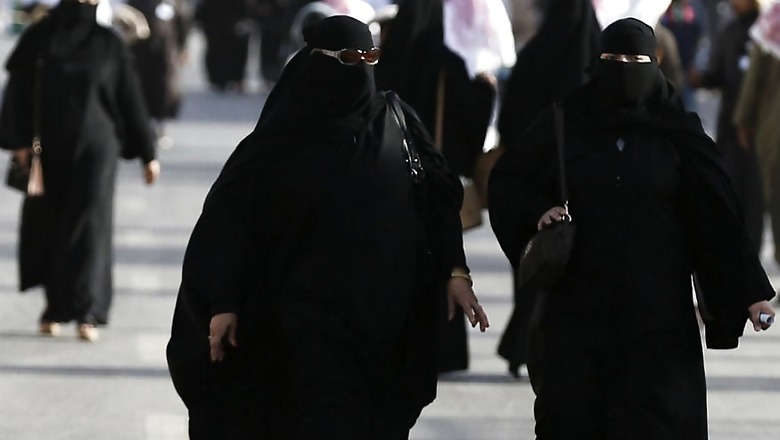
views
The Islamic attire of ‘burqa’ has become the topic of debate and controversy ever since our neighbor Sri Lanka banned full face covering in public spaces after the terror attacks in hotels and churches on Easter Sunday, April 21. Burqa is a female attire worn over ordinary clothing and it covers a female head to toe, barring a small portion around the eyes.
Back home too, some voices arguing for a similar ban have been raised, citing security concerns. Among them was the Shiv Sena, an ally of the ruling BJP, a lawmaker of the saffron party and a Hindutva group.
Across the world, many countries have passed laws that prohibit full face veils. The Kerala Muslim Education society that runs 150 colleges and institutes has also banned any attire that covers the face. Though this diktat came into attention recently, it was issued before the Lankan bombings.
Globally, the enforcement of full face veil bans has evoked controversy and the implementation has been patchy in the western world. While in countries like Denmark there is a complete ban on full face veils, Netherlands has imposed a partial ban in public transport and public hospitals or government buildings.
The concerns globally have been around security and terrorism. France became the first country in Europe to ban full face veils in public spaces, and there is prohibition on any religious symbols in public schools, underlining on the absolute separation of the church and the state. Some regions of Switzerland have banned full face covering, which includes any masks.
Language deployed in the legislation of most countries bars full face veils or covering. In many western countries, it includes certain kinds of helmets and head gear that cover the face completely. In none of the western democracies, the law bans ‘burqa’ per se but rather a full face veil that includes the burqa.
The language is important here because while the legislative intent may be targeted towards burqa, neutrality is deployed to escape the scrutiny of the courts. Laws specifically targeting a certain form of attire are likely to fall foul of basic tenets of liberty, democracy and the right to free conscience. It is only the overbearing public order or national security concern that allows governments to frame such laws and policies.
Is such a step possible in India with its diversity and multi-religious identities? Is it possible to ban religious symbols in public places in a country like India?
‘Burqa’ is not the only form of full face veil practiced in India. India faces a peculiar situation as not only certain members of minority community wear full face veils, sections of the majority community also practice ‘purdah’ or wear a ‘ghoonghat’ in different forms and in varying degrees. There is no law that bans or criminalises a full face veil, which is deeply embedded in the majority and minority community as part of the culture.
There is no law in India which commands any citizen to dress in any particular or forbids any form of dressing. Religious institutions like mosques and gurudwaras have had their dress code which they have enforced in religious places and institutions. Muslim personal law is mostly uncodified in India and most practices are personal and subjective to community and families including dressing. It is the vast diversity and lack of homogeneity in belief and practice that makes any form of regulation tricky in India.
While various aspects of Hindu personal law were reformed, ‘purdah’ despite strong social movements against it was never penalised or criminalised primarily because the Indian constitution guarantees liberty and right to practice one’s religion as a fundamental right (with reasonable restrictions).
The only time that the courts or law can interfere is when the beliefs fall foul of public order, public health or morals, largely on grounds of public policy. Religious or personal laws are not subject to the test of fundamental rights in the country.
So, there cannot be a rights-based challenge to any form of dressing argued to be regressive. The only argument that has been made in most countries, apart from France, is largely about security and terror attacks.
The tone and tenor of the argument made by Shiv Sena also revolves around public security. If India mulls to take any step towards banning full face veils, it will face formidable challenges from majority and minority community. The need for a religion neutral language in legislation will ensure that the ramifications are not just on the minority community but also for large sections of Hindu women.
Apart from the religious concerns or a backlash from the traditionalists, such a legislation will also have to pass the test of proportionality, which means that the government will have to establish that a certain form of dressing poses a substantial threat to bypass the concerns of individual liberty and freedom of religion.
The rise of the right-wing politics across the world is characterized by the assertion of local, regional and religious identities. Often this identity politics is fuelled by the ‘security’ concerns and one of the common perceived threat has been the rise of Wahabism in Islam.
As this conservative ideology asserts itself to be the ‘real’ face of Islam, many well educated women have ascribed to full face veils and arguments wrapped around multiculturalism have guarded ‘tradition’ from reform even in the Western world.
When one juxtaposes this identity assertion which arguably is a conservative one, against the rising security threat that world faces from the so called Islamic terror - a conundrum emerges. So while none of the bombers in Sri Lanka were clad in a burqa, the country nevertheless enforced a ban on it.
At least in the case of Sri Lanka, there is a complete absence of a causal relationship between the burqa ban and the security threat. This problem has been witnessed in many other countries’ legislations.
This assertion of identity has also been seen in countries like India, especially in the state of Kerala where some local surveys suggest that in the Muslim dominated districts, the number of women wearing burqa has risen over the last few years.
Burqa is also linked to radicalization in modern discourse and politics because it’s seen largely as a part of extreme orthodox views. Though it’s a symptom and not the cause. The reform of orthodoxy in any religion is part of a larger dialogue, political and legislative process, the argument of ‘security threat’ to implement politically contentious reforms in a knee-jerk reaction not only fuels orthodoxy but also disarms the reformists.
(Views expressed in the article are personal)











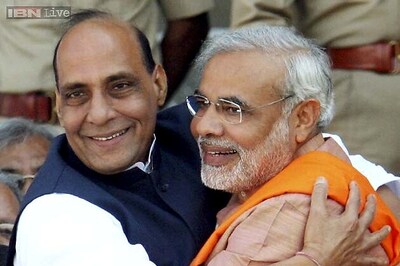

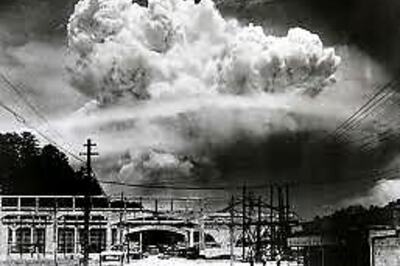



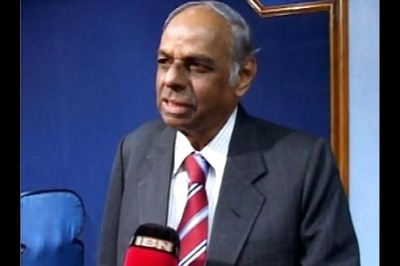
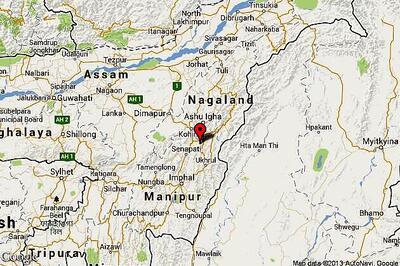
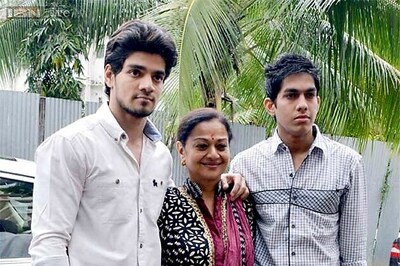
Comments
0 comment